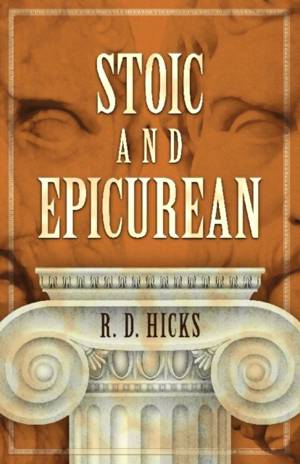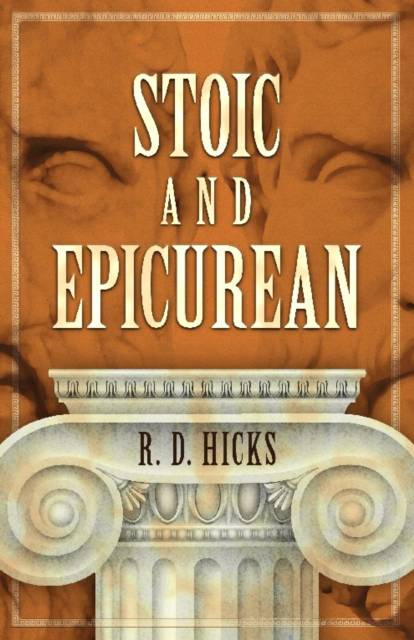
Je cadeautjes zeker op tijd in huis hebben voor de feestdagen? Kom langs in onze winkels en vind het perfecte geschenk!
- Afhalen na 1 uur in een winkel met voorraad
- Gratis thuislevering in België vanaf € 30
- Ruim aanbod met 7 miljoen producten
Je cadeautjes zeker op tijd in huis hebben voor de feestdagen? Kom langs in onze winkels en vind het perfecte geschenk!
- Afhalen na 1 uur in een winkel met voorraad
- Gratis thuislevering in België vanaf € 30
- Ruim aanbod met 7 miljoen producten
Zoeken
Omschrijving
The ongoing popularity of Seneca's Letters from a Stoic and Marcus Aurelius's Meditations testifies to a continuing interest in Stoic philosophy. Epicureanism offers the other side of the same coin, and in spite of the obvious differences between the two philosophies, it is easy to discern their fundamental similarities. Both value practice over theory and acknowledge the worth of sense and experience. Both seek answers to such questions as what makes for a good life and how to determine our place in the universe. This classic work explores these still-vibrant schools of thought in a scholarly but accessible style.
Author R. D. Hicks bases his exposition of the parallel systems of thought on independent study of the original authorities. His treatment starts with an analysis of writings by early Stoics -- Zeno, Cleanthes, and Chrysippus -- and their successors, Epictetus and Seneca. A study of the rival school follows, focusing on the teachings of Epicurus and Lucretius. Subsequent chapters examine the conflicts and opposition that continually modified Stoic doctrine, including the rise of Skepticism and Eclecticism. The text is complemented by a select bibliography and a chronological table of noteworthy thinkers and writers.
Author R. D. Hicks bases his exposition of the parallel systems of thought on independent study of the original authorities. His treatment starts with an analysis of writings by early Stoics -- Zeno, Cleanthes, and Chrysippus -- and their successors, Epictetus and Seneca. A study of the rival school follows, focusing on the teachings of Epicurus and Lucretius. Subsequent chapters examine the conflicts and opposition that continually modified Stoic doctrine, including the rise of Skepticism and Eclecticism. The text is complemented by a select bibliography and a chronological table of noteworthy thinkers and writers.
Specificaties
Betrokkenen
- Auteur(s):
- Uitgeverij:
Inhoud
- Aantal bladzijden:
- 432
- Taal:
- Engels
Eigenschappen
- Productcode (EAN):
- 9780486832609
- Verschijningsdatum:
- 17/04/2019
- Uitvoering:
- Paperback
- Formaat:
- Trade paperback (VS)
- Afmetingen:
- 137 mm x 213 mm
- Gewicht:
- 498 g

Alleen bij Standaard Boekhandel
+ 47 punten op je klantenkaart van Standaard Boekhandel
Beoordelingen
We publiceren alleen reviews die voldoen aan de voorwaarden voor reviews. Bekijk onze voorwaarden voor reviews.









